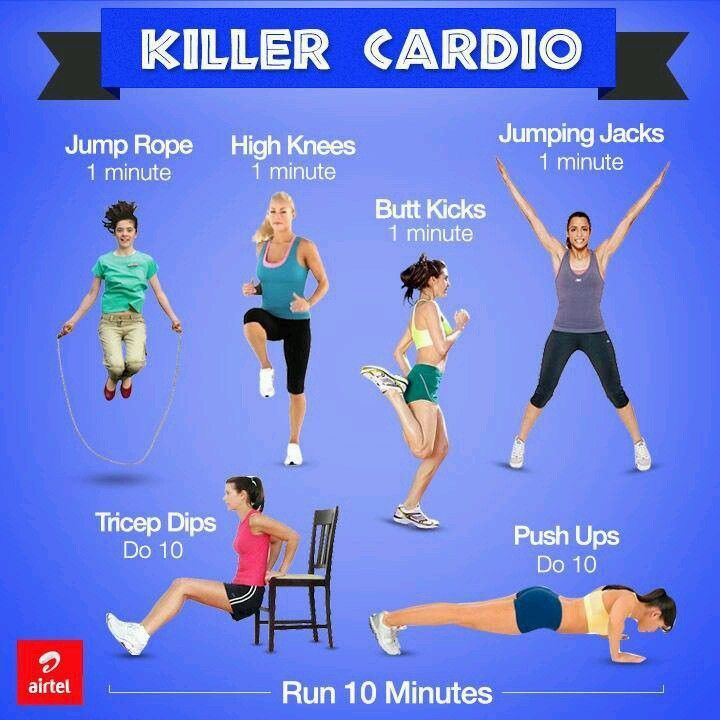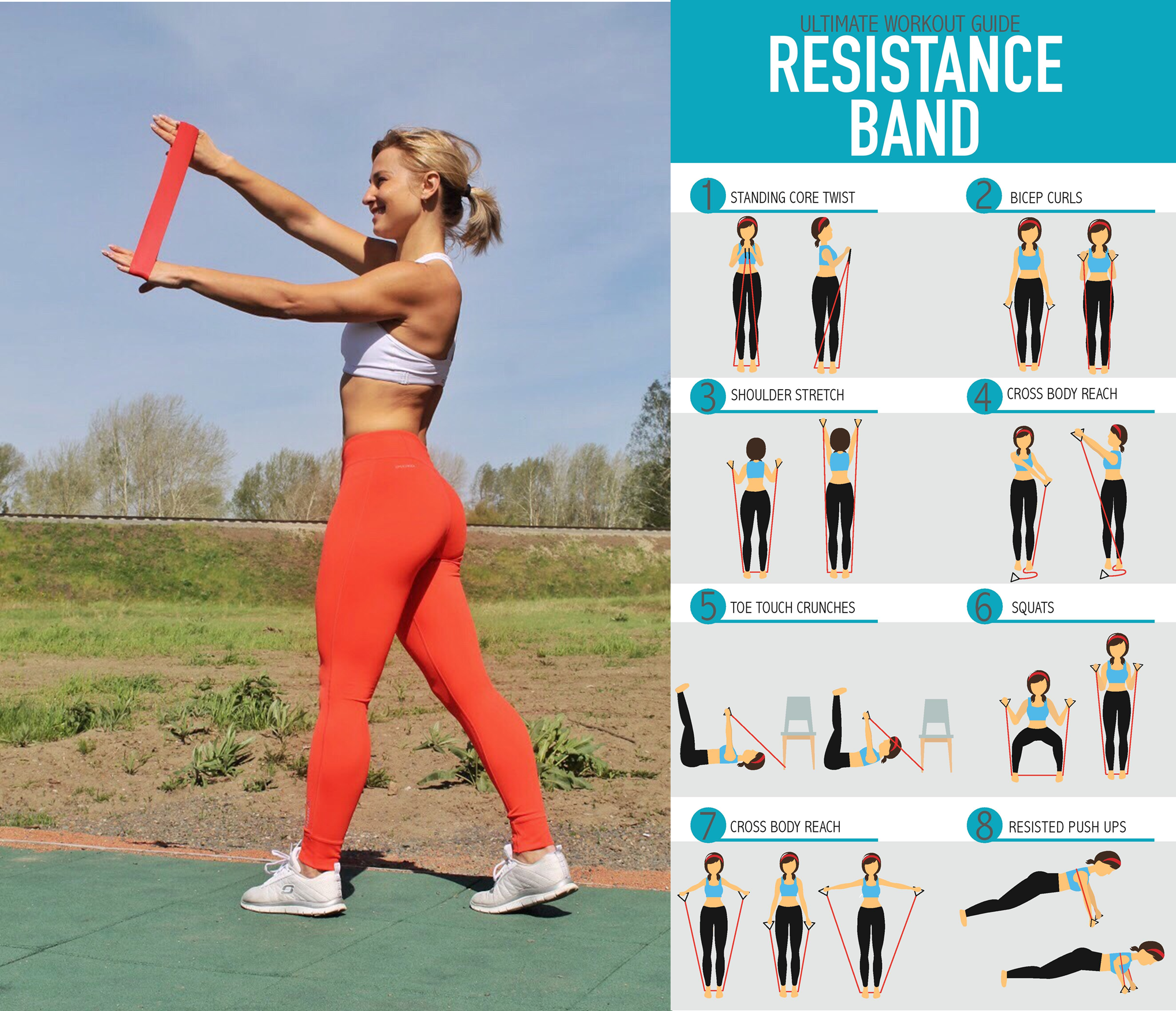
Interval Training for Cardiovascular Health
admin
- 0
Cardiovascular health is an essential aspect of overall well-being. Regular exercise that targets the cardiovascular system can significantly improve heart health, enhance endurance, promote weight loss, and reduce the risk of chronic diseases. Interval training is a popular and effective method of exercise that can help boost cardiovascular fitness. In this article, we will explore interval training, its benefits, and how you can incorporate it into your fitness routine.
What is Interval Training?
Interval training is a type of cardiovascular exercise that alternates between high-intensity bursts of activity and intervals of lower intensity recovery periods. It involves pushing your body to its maximum capacity for short periods, followed by brief periods of rest.
This training method can be applied to various forms of aerobic exercises such as running, cycling, swimming, or even rowing. For example, during a running interval training session, you might sprint at your maximum speed for 30 seconds, then walk or jog at a leisurely pace for 1 minute to recover. This cycle of high-intensity and recovery intervals can be repeated for a specific duration or a predetermined number of repetitions.
The Benefits of Interval Training
Interval training offers numerous benefits for cardiovascular health:
1. Increased Heart Health
Interval training challenges your heart to work harder during the high-intensity intervals. This strengthens your heart muscles, improves blood flow, and promotes better overall cardiovascular health.
2. Improved Endurance
By pushing yourself to the limits during the high-intensity intervals, your body becomes more efficient at utilizing oxygen. This increases your aerobic capacity, allowing you to exercise for longer durations without feeling fatigued.
3. Enhanced Fat Burning
Interval training has been shown to increase the body’s metabolic rate, resulting in more calories burned during and after the workout. This can aid in weight loss and help maintain a healthy body composition.
4. Time Efficiency
Interval training is known for its time efficiency. Compared to traditional steady-state cardio exercises, interval training offers substantial benefits in a shorter amount of time. You can achieve similar or even better results in less time, making it ideal for individuals with busy schedules.
5. Variety and Fun
Interval training allows for endless possibilities and variations. You can mix and match exercises, intensities, and durations to keep your workouts exciting and prevent monotony. This variety can help you stay motivated and engaged in your fitness routine.
How to Incorporate Interval Training
Now that you understand the benefits of interval training, here are some tips to incorporate it into your fitness routine:
1. Consult with a Healthcare Professional
If you have any existing health conditions or concerns, it is crucial to consult with a healthcare professional or a qualified fitness trainer before starting any high-intensity exercise program, including interval training.
2. Plan Your Routine
Design a workout routine that suits your fitness level and goals. Start with shorter, less intense intervals and gradually increase the intensity and duration as your fitness improves.
3. Warm-up and Cool Down
Always begin your interval training session with a dynamic warm-up to loosen up your muscles and prepare your body for intense activity. Similarly, end each session with a cool-down period that includes stretching exercises to prevent post-exercise muscle tightness.
4. Start Slowly
Begin with shorter intervals and longer recovery periods. As your fitness improves, gradually decrease the duration of the recovery periods or increase the intensity of the high-intensity intervals.
5. Monitor Your Intensity
Throughout your interval training sessions, pay attention to your body’s cues and adjust the intensity accordingly. It is important to push yourself, but not to the point of overexertion or extreme discomfort.
6. Mix Up Your Intervals
To keep things interesting, switch up your intervals. Experiment with different lengths of high-intensity and recovery intervals. You can also vary the types of exercises you incorporate into your routine.
7. Listen to Your Body
If you experience any pain, dizziness, or shortness of breath during your interval training, stop immediately and rest. It is vital to prioritize your safety and well-being during all exercises.
In conclusion, interval training is a fantastic way to improve cardiovascular health while maximizing your time and enjoyment during workouts. By incorporating high-intensity bursts and recovery intervals into your exercise routine, you can reap the numerous benefits it offers. Remember to start slowly, consult with professionals, and listen to your body to ensure a safe and effective experience.

